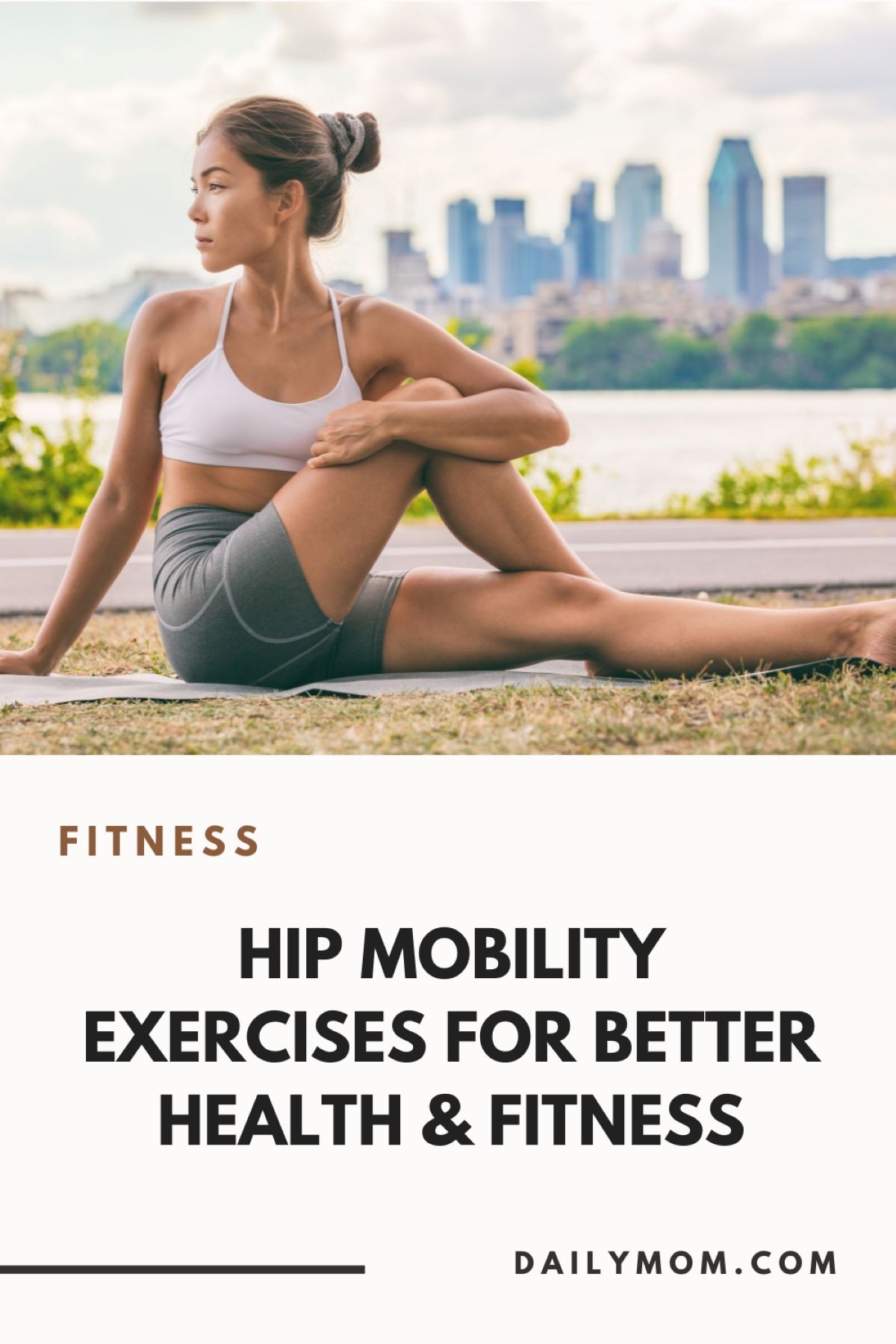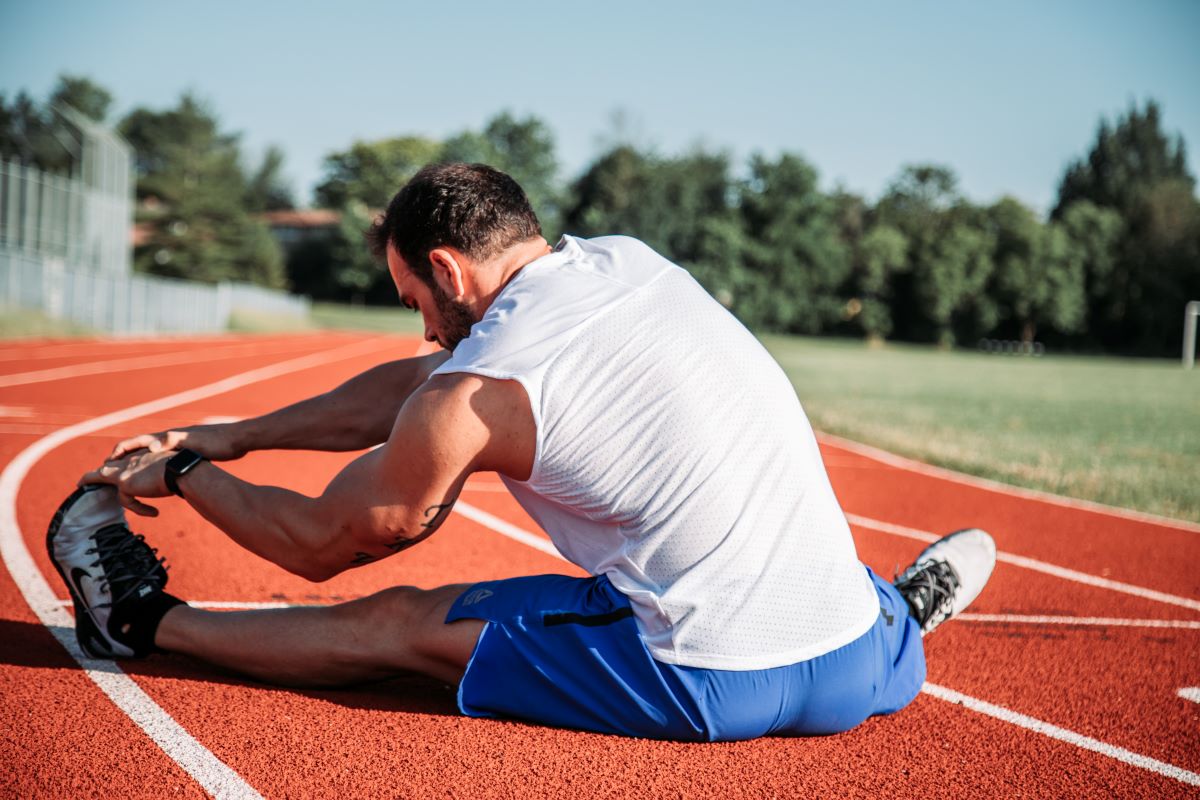Hip mobility exercises sound a little boring and, if we’re honest, like something your parents or grandparents need, not you, right? But the reality is that hip mobility is a crucial aspect of overall health and fitness, yet it is often overlooked or neglected. In fact, according to a study published in the Journal of Orthopedic & Sports Physical Therapy, nearly 20% of adults over the age of 60 report significant hip pain or stiffness, which can indicate limited hip mobility and which leaves many with discomfort and even injury. But there’s good news: hip mobility exercises are incredibly accessible to all ages.
With just a little attention and effort, and, if you want, help from a few simple and affordable devices, it is possible to improve current hip mobility and also reduce the risk of likelihood of hip mobility health concerns before you develop any. Whether you’re an athlete, a fitness enthusiast, or simply someone looking to reduce or prevent discomfort and pain in the hips, there is a solution here for you.
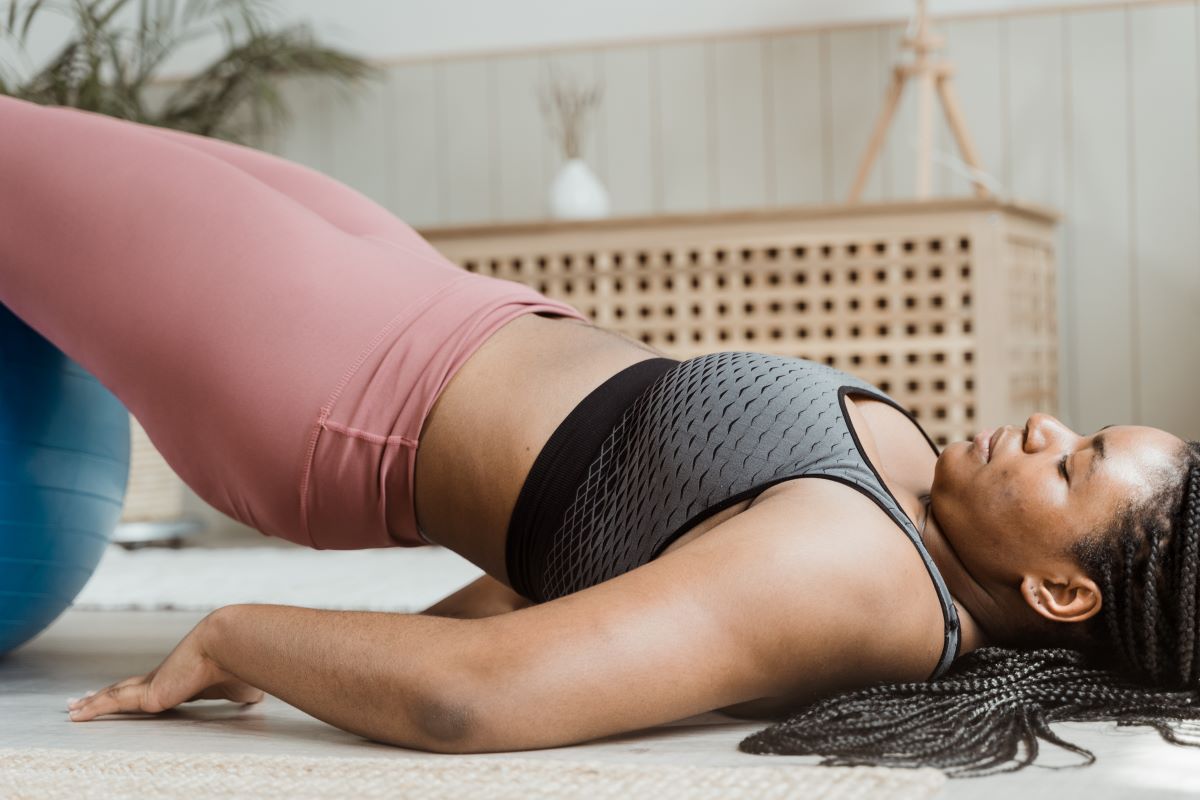
Why is Hip Mobility Important?
Again, this might sound like something that only those over 60 need to hear, but it’s not. You use your hips every day without even thinking about them, and like an unoiled hinge, if you don’t take care of them, they start to squeak. Limited hip mobility can cause compensations in other areas of the body, leading to pain and injuries in the lower back, knees, and ankles, and honestly, who has time for that?
On the flip side, improving hip mobility can improve posture, reduce the risk of injury, and increase athletic performance. Let’s take a closer look.
Contrary to what you might imagine, the hip joint is a ball-and-socket joint, where the rounded head of the thigh bone fits into the cup-shaped socket of the pelvis. This joint allows for a significant amount of movement, and hip mobility refers specifically to the range of motion available in that joint (think flexion, extension, abduction, adduction, and rotation).
Are you starting to get the picture? This means that hip mobility is critical for a few reasons:
- First, the hips are involved in many movements we do every day, such as walking, sitting, and standing up. Limited hip mobility can make these movements more challenging and uncomfortable.
- Second, hip mobility is crucial for athletic performance in sports such as running, jumping, and weightlifting.
- Finally, improving hip mobility can improve posture, reduce the risk of injury, and increase athletic performance.
Okay, so we know now that hip mobility is critical. So how do we make sure our hips stay fully functional? Before we tackle exercises and stretches, let’s take a look at how hips become limited in the first place.
Read More: 8 Meaningful Mindfulness Exercises to Improve Your Mental Health
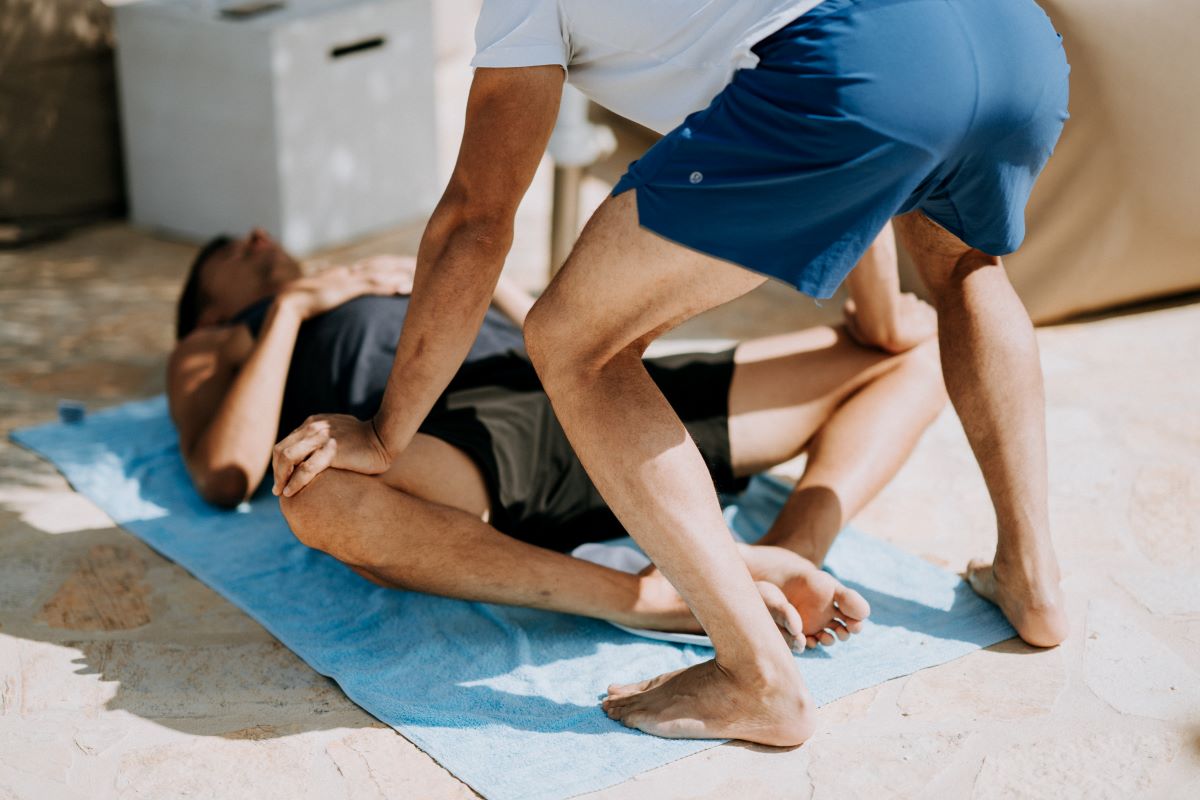
Common Causes of Limited Hip Mobility
Several factors can contribute to limited hip mobility: sedentary lifestyle, injury, and aging.
- Sedentary Lifestyle: One of the most common causes of limited hip mobility is a sedentary lifestyle. When we sit for extended periods of time (think about those long office hours, or too much time on the couch watching Netflix), our hip flexors, the muscles at the front of the hip, can become tight and shorten. This can cause the hip joint to become stiff and limit its range of motion. Over time, this can lead to discomfort and pain when performing movements that involve the hips, such as walking, running, or squatting.
- Injury: Injury to the hip joint, lower back, knees, or ankles can also result in a decrease of hip mobility. When we injure these areas, we tend to compensate by altering our movement patterns, sometimes on so small a scale that we don’t even realize we’re doing it. This can lead to imbalances and compensations in the hip joint, restricting its overall movement.
- Aging: As we age, our joints naturally become stiffer, which can limit hip mobility and cause discomfort, potentially even leading to falls and other injuries. This very normal occurrence is because of the natural wear and tear that the joints suffer over time. In addition, as we age, we tend to become less active, which can exacerbate stiffness in the hip joint.
A few other factors that can contribute to limited hip mobility include poor posture, muscle imbalances, and certain medical conditions such as arthritis.
Regardless of the cause of limited hip mobility, it’s important to take steps to improve it. Incorporating hip mobility exercises and stretching exercises into your daily routine can help improve hip mobility and reduce discomfort and pain associated with limited mobility. By doing so, you can also reduce your risk of injury and improve your overall health and fitness.
Read More: Everything You Need To Know About 5 Fitness Classes You’ve Wanted To Try
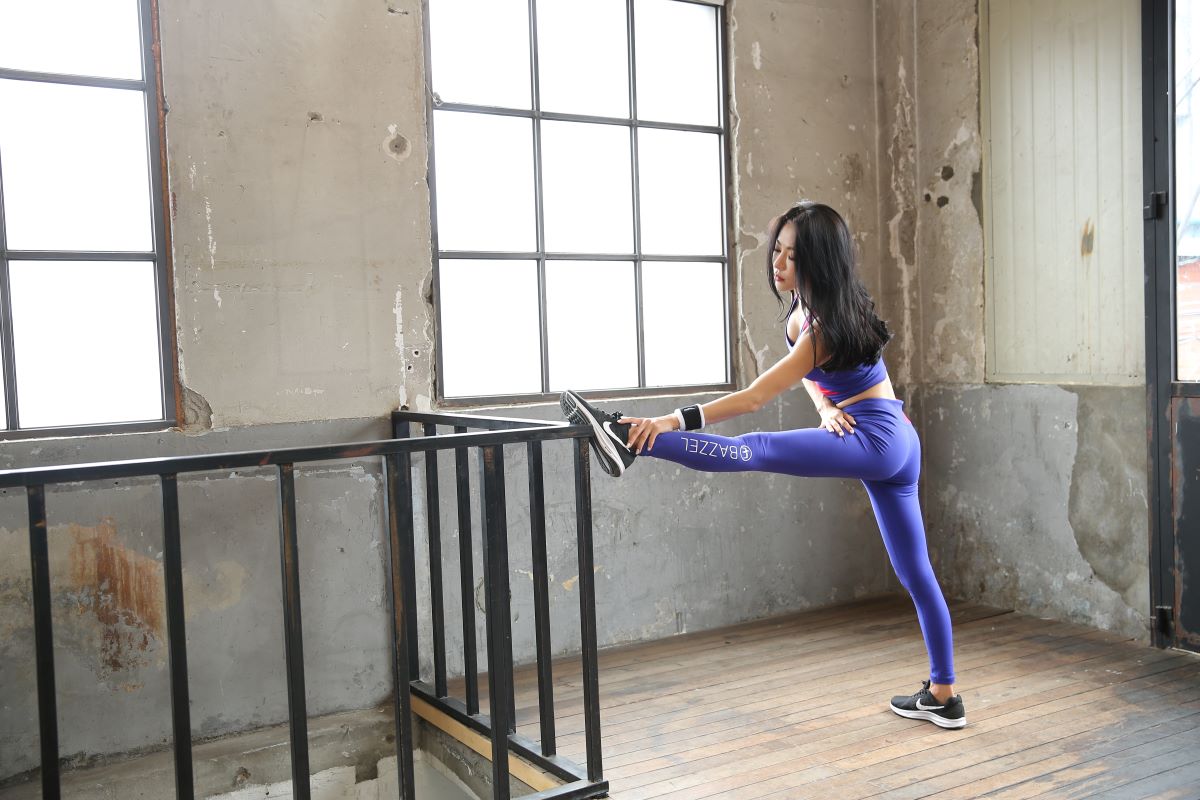
Benefits of Hip Mobility Exercises
Fortunately, hip mobility exercises and stretching exercises are very accessible and easy to implement, boasting a wide range of benefits. Here are a few of the most significant benefits:
- Improved posture: Hip mobility exercises can help improve posture by reducing tension and stiffness in the hip flexors and surrounding muscles. When these muscles are tight, they can pull the pelvis forward, causing an exaggerated arch in the lower back. This can lead to discomfort and pain in the lower back and hips. By improving hip mobility, you can help correct these imbalances and improve your posture.
- Reduced risk of injury: Limited hip mobility can lead to compensations in other areas of the body, which can increase the risk of injury. For example, if your hips are stiff, you may compensate by overusing your lower back, leading to discomfort and pain. By improving hip mobility, you can reduce these compensations and reduce the risk of injury.
- Increased athletic performance: The hips are involved in many athletic movements, such as running, jumping, and weightlifting. Improving hip mobility can increase your range of motion in these movements, allowing you to perform them more effectively and efficiently.
Now, let’s talk about how hip mobility exercises are beneficial. Hip mobility exercises involve moving the hip joint through its full range of motion, which can help improve flexibility and mobility. By doing so, you can help reduce stiffness and tension in the muscles surrounding the hip joint, improving overall hip function. These exercises also help activate the muscles surrounding the hip joint, which can help improve stability and strength.
Incorporating hip mobility exercises into your daily routine can be a simple and effective way to improve your overall health and fitness.
Read More: Establishing Family Fitness Habits that Last
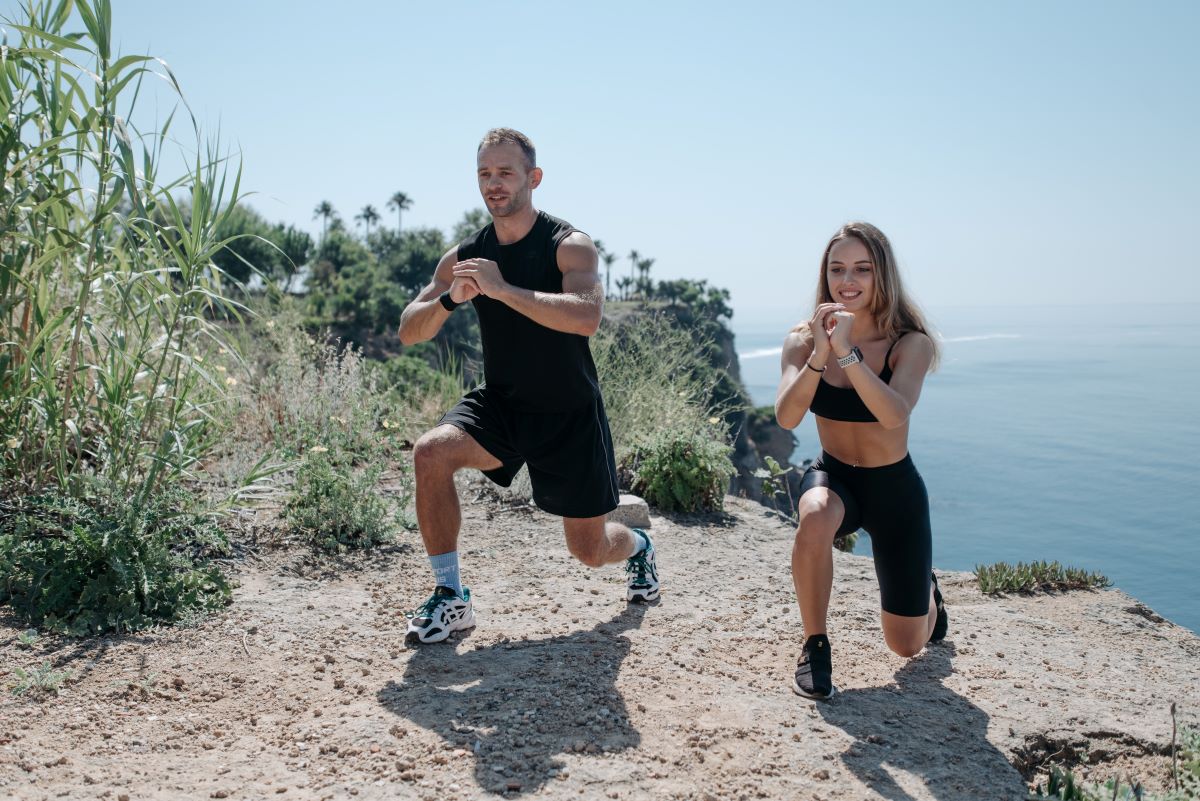
Hip Mobility Exercises
The great thing about hip mobility exercises is that they can be done anywhere, and they don’t require any equipment (although there are some equipment-based options if you want to deepen your stretch or happen to need an aid). Some common hip mobility exercises include hip circles, hip hinges, and leg swings. These exercises can be easily modified to suit your individual needs and fitness level. As you become more comfortable with these exercises, you can progress to more challenging exercises, such as lunges and squats. Regardless of your level, remember, form matters! Poor form runs the risk of injury, and that’s the opposite of what you’re working towards.
Hip Mobility Exercises for Beginners
For beginners, try starting with basic hip mobility exercises such as hip circles and hip hinges. Hip circles involve standing with your feet shoulder-width apart and circling your hips clockwise and counterclockwise. Hip hinges involve standing with your feet shoulder-width apart and hinging forward at the hips while keeping your knees slightly bent. Both exercises help stretch and mobilize the hips and can be done daily to improve hip mobility.
Advanced Hip Mobility Exercises
As you become more comfortable with basic hip mobility exercises, you can progress to more challenging and dynamic hip mobility exercises such as the squat and the lunge. Squats involve standing with your feet shoulder-width apart and squatting down, keeping your back straight and your knees in line with your toes. Lunges involve stepping forward with one foot and bending your front knee while keeping your back leg straight.
Stretching Exercises for Hip Mobility
Hip mobility stretches are another effective way to improve hip mobility. The butterfly stretch involves sitting on the floor with the soles of your feet touching and gently pressing your knees down towards the ground. The seated figure-four stretch involves sitting with one ankle crossed over the opposite knee and gently pressing down on the crossed leg’s knee. Both stretches can help improve hip mobility and can be performed daily to maintain flexibility.
Read More: 12 Effective Ways to Improve Lumbar Strength and Stretches for Flexibility
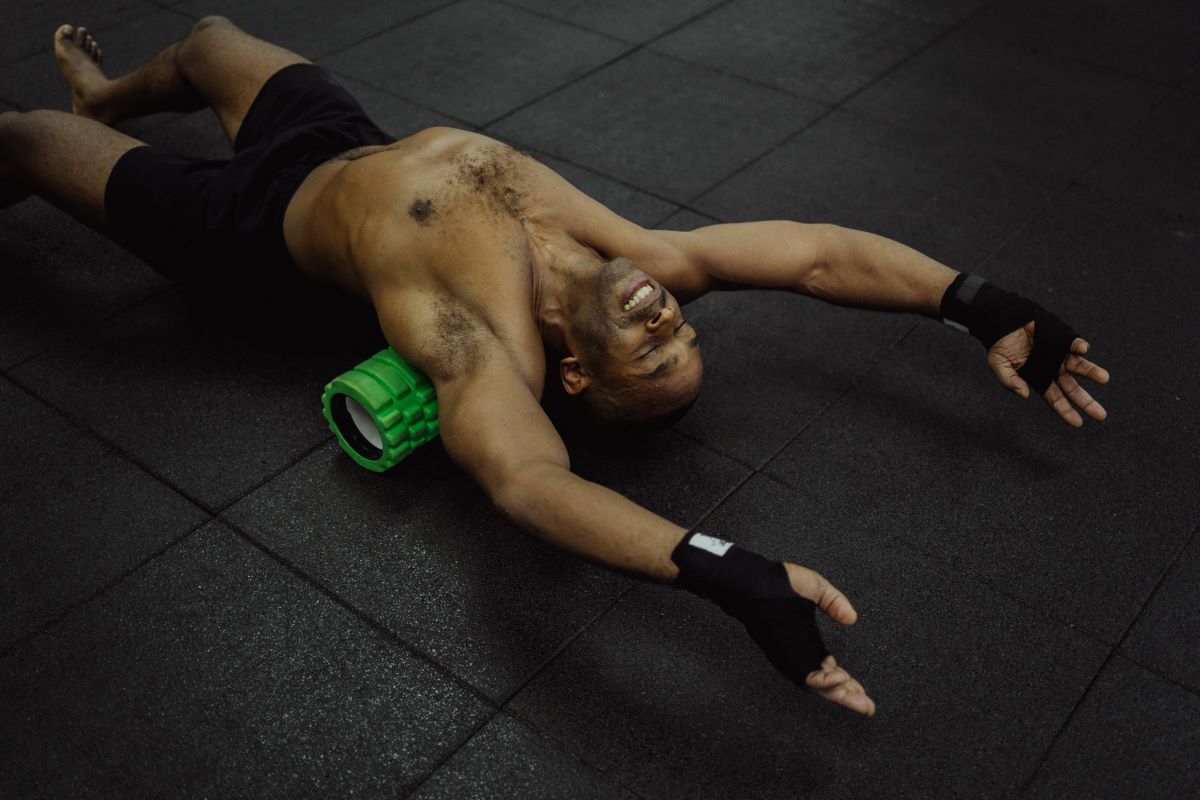
Aids for Hip Mobility Exercises
While you don’t need aids to perform hip mobility exercises, there are several products you can buy to assist in the process. These items may help you obtain a deeper stretch, or provide stability while you work through your range of motion.
- Foam roller: A foam roller is a great tool for self-myofascial release, which can help reduce tension and stiffness in the muscles surrounding the hip joint. By rolling the foam roller over your hip muscles, you can help break up adhesions and trigger points.
- Resistance bands: Resistance bands are a versatile tool that can be used to add resistance to hip mobility exercises, such as leg swings and hip hinges. By adding resistance, you can help activate the muscles surrounding the hip joint, which can improve stability and strength.
- Yoga blocks: Yoga blocks can be used to modify hip mobility exercises, making them more accessible for beginners or those with limited mobility. For example, you can use a yoga block to support your hips during the butterfly stretch or to help maintain proper form during a lunge.
- Lacrosse ball: A lacrosse ball can be used for trigger point release, which can help reduce tension and stiffness in the muscles surrounding the hip joint. By rolling the lacrosse ball over specific trigger points, you can help release adhesions and improve overall hip function.
- Stretching strap: A stretching strap can be used to assist with stretching exercises, such as the seated figure-four stretch. By using a stretching strap, you can help increase your range of motion and improve flexibility.
These are just a few examples of products you can buy to aid in hip mobility. But again, these products are not necessary to improve hip mobility.
Read More: Mindful Fitness in 30 Minutes
Hip mobility is an essential aspect of our overall health and fitness that is often overlooked. Limited hip mobility can cause pain and discomfort, increase the risk of injury, and limit athletic and daily performance. Simply incorporating hip mobility exercises and stretching exercises into your daily routine can improve your life on so many levels. So, take some time out of your day to stretch those hips. You won’t regret it!
WANT TO READ MORE?
Check out Daily Mom’s Fitness section for more inspiration!
CONNECT WITH DAILY MOM
💖 NEWSLETTER: DAILY READS IN YOUR INBOX 💖
Sign up to receive our picks for the best things to do, see and buy so you can relax and focus on more important tasks! Let us help you be the best version of yourself you can be!
BE SOCIAL WITH US
📌 LOVE IT? PIN IT!📌
